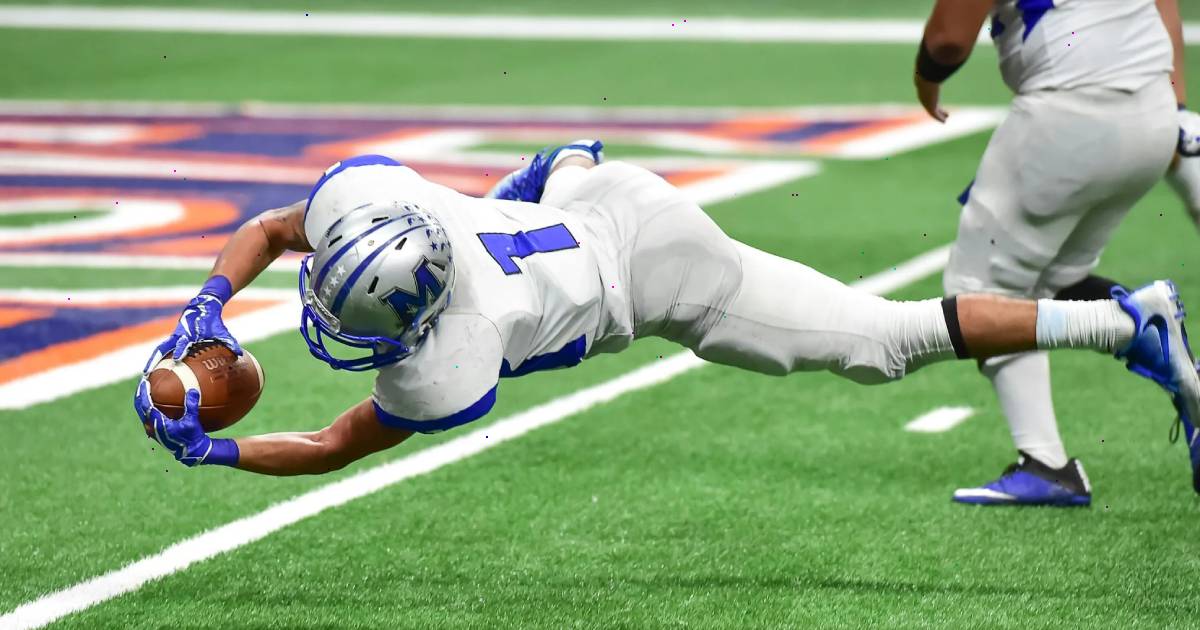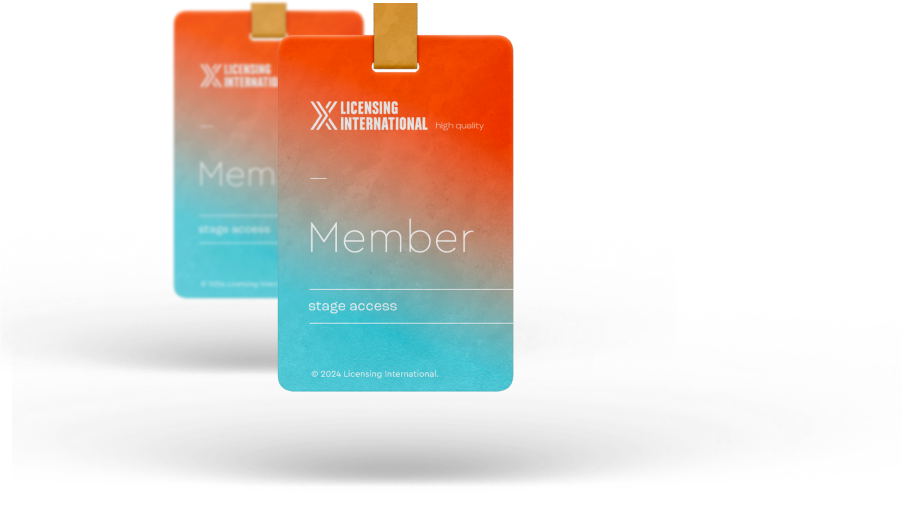The Long-Term Game Plan for NIL

By Mark Seavy
Four years into the new Name, Image, and Likeness (NIL) era, apparel remains the top licensed category for college athletes. But it’s still a distant second in revenue to commercials, appearance fees, and autograph signings.
That reality is unlikely to change in the immediate future. But through advances in technology, widespread use of print-on-demand (POD), and schools regaining some control of licensing programs lost in the wake of the U.S. Supreme Court decision that spawned NIL, licensing is slowly becoming part of the mix for athletes.
The result has been that several schools have disbanded collectives, many of which were formed by school alumni to represent athletes and fund NIL programs. Late last year, for example, the University of Central Florida (UCF) became the first Power Four school (ACC, SEC, Big Ten, Big 12 conferences) to disband its “The Kingdom” NIL Collective.
That change at UCF is set to take effect on July 1st following a $2.8-billion settlement stemming from an antitrust lawsuit filed by former college athletes against the NCAA. Under the settlement, schools will be able to directly pay athletes starting with the 2025-26 academic year. Among the schools, the Ivy League has opted out of the settlement, while nonprofit NIL collectives for the University of Alabama (The Walk of Champions) and Notre Dame University (FUND) have shut down.
“The guardrails are sort of off and the institutions now have more flexibility in how they interact with the student athletes,” a licensing executive at a Big 12 school said. “We don’t know if there is a need for collectives in the future if schools can do it directly. Because, initially, we could not sign agreements directly [with athletes] so we needed this intermediary and now we might not need that.”
But that doesn’t mean challenges don’t remain. With a transfer portal still in place that allows athletes to switch schools, establishing a retail business for NIL outside college bookstores remains difficult given the lead times required for inventory. One case saw the University of Oregon build an inventory of 70 t-shirts for a football player, only see him switch to the University of Southern California (USC).
Yet those challenges didn’t stop NIL from being promoted at the recent Sports Licensing & Tailgate Show in Las Vegas, especially with POD.
POD supplier Campus Ink had an “NIL Store” booth at the show featuring a heat transfer printer that is part of a service that can be installed in stores or stadiums replete with blank t-shirts and licensed designs.
As part of its display, Campus Ink featured a design for the NCAA women’s basketball tournament on t-shirts with images of members of the University of Connecticut team, including star player Paige Bueckers.
Campus Ink has so far installed printers at the University of Virginia, the University of California, Los Angeles (UCLA) bookstores, the University of Indiana’s Simon Skjodt Assembly Hall, and Game Over’s retail store in Colorado Springs, Co., said Fisher Peyton, a client representative at Campus Ink. With blanks and designs in-store, POD can be completed within 12 hours for “hot market” items, he said.
Looking at opportunities across NIL, football and basketball remain the top draws (with more emphasis on the former than the latter), collegiate licensing executives said.
“Unless it is a Heisman winner it really isn’t really about a merchandising plan but rather an appearance,” said James McCollough, Director of Licensing at apparel supplier Blue84, which developed a t-shirt for former The Ohio State University quarterback C.J. Stroud, who is now with the NFL’s Houston Texans. “Most of the athletes don’t have enough demand yet to attach their names to clothing. And with the portal, you are going to spend a lot of money doing clothing for a player who may switch to another school.”
That risk of players transferring schools makes NIL even more of a hard sell for licensed hard goods, where a bobblehead, for example, may take six months to design and manufacture, a licensing executive said.
“Everything that is happening now is chaos and the Wild West but ten years from now it is not going to look like this,” a licensing executive said. “We will find a solution where there aren’t transfer portal issues and students are getting paid with annual contracts and must stay at a school for a set number of years. All of that is coming and needs to be figured out. In college there are no guarantees right now, so it makes it very hard for the school bookstores or any retailer to carry licensed products.”




